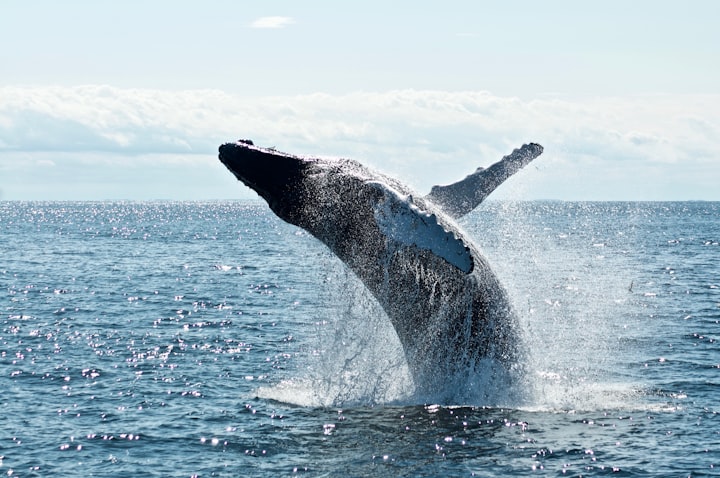Animal Intelligence
How do animals demonstrate intelligence?

There are many types of intelligence in the animal kingdom, but human bias might mean we underestimate just how smart many animals are.
How Do Animals Demonstrate Intelligence?
Historically, humans have been held up as the “true measure” of intelligence, largely due to our technological advances. However, animals demonstrate intelligence in many ways that may be different from our own.
Attention
Attention refers to selective concentration on information or stimuli, without other stimuli causing distraction. Great apes display this ability and can even understand what others are paying attention to. Cows are also shown to selectively pay attention to different stimuli, avoiding those that are negative.
Cognitive Bias
Cognitive bias is defined as an error made by the mind while processing information. That may sound negative, but another way to look at it is the ability to turn input into a constructed reality. It is also a measure of the emotional states of animals and a way to assess animal welfare standards in research and farming. For example, rats are shown to respond to stress with negative cognitive bias, and pigs display more optimism in an enriched environment.
Consciousness
Consciousness refers to awareness or perception of one’s self and surroundings. It includes our thoughts and emotions — and this trait is far from unique to humans. Researchers believe that thousands of species are likely conscious, including cetaceans.
Insight
Insight is the capacity to develop a deep understanding of something, or come up with a solution. Researchers have found examples of insightful behavior in mice and pigeons able to determine a path, among other examples in many other animals.
Language
Animals are often described as “voiceless” — but while they do not speak human languages, animals demonstrate the ability to communicate with each other in many ways.
Elephants use their feet to create seismic vibrations that can reach those far from the herd, traveling further along the ground than calls sent through their air using their trunks. Sperm whales use “click” sounds as a form of communication, and dolphins call each other by name.
Memory
Memory is the mind’s ability to retain information over a period of time. While many animals display an impressive memory, this trait is often synonymous with elephants. These large pachyderms can retrace their steps on long migrations and remember individual elephants among hundreds.
Numeracy
Numeracy refers to the ability to understand and work with numbers. Limited numeracy has been documented in several animals, including newly hatched chickens and some amphibians and fish.
Perception
Many animals, like humans, are scientifically proven to be able to perceive, or be aware of, the world around them — sometimes in ways that humans themselves are not capable of. For example, bats and cetaceans are able to use sonar to find their way in darkness and locate prey.
Reasoning and Problem Solving
Reasoning is a term for thinking in a logical manner. Problem-solving is the process of finding needed solutions. Pigs can solve problems independently, studies show, and the puzzle-solving ability of crows has been compared to reasoning in four-year-old human children.
Sapience
The concept of sapience is simple but important; it is defined as wisdom and sound judgment. Dolphins are among the many animals believed to be sapient, and their social complexity and tool-use are among the traits often compared to humans.
Spatial Cognition
Spatial cognition involves the way one understands where they are in relation to their environment, and how they use that knowledge. Spatial cognition is observed in cats, cows and many other animals.
Theory of Mind
Theory of mind is described as the ability to understand others by attributing thoughts or mental states to them. Researchers have found that(potentially in addition to other animals) great apes possess theory of mind, and are able to predict the perception and beliefs of others.
Time Perception
Some animals perceive time differently than others. Researchers have found that time passes faster for small, fast, flying animals, as well as marine predators. The dragonfly’s vision, for example, can see changes at a rate of 300 times per second. By comparison, humans can potentially perceive 65 changes per second.
Tool and Weapon Use
The use of tools and weapons is widely thought of as a human ability, but many animals possess this capacity, too. Crows and nonhuman primates use tools to achieve a goal, as do otters who crack open shells to reach food. Chimpanzees even create spears for use in hunting.






Comments (3)
its quality writing and informative approach.
Amazing.
Very informative